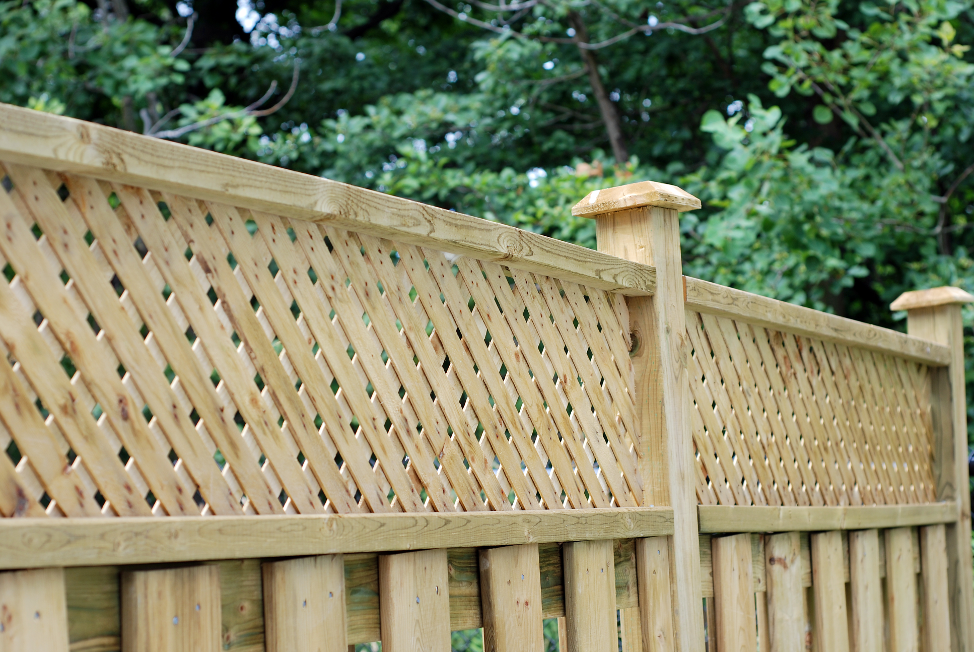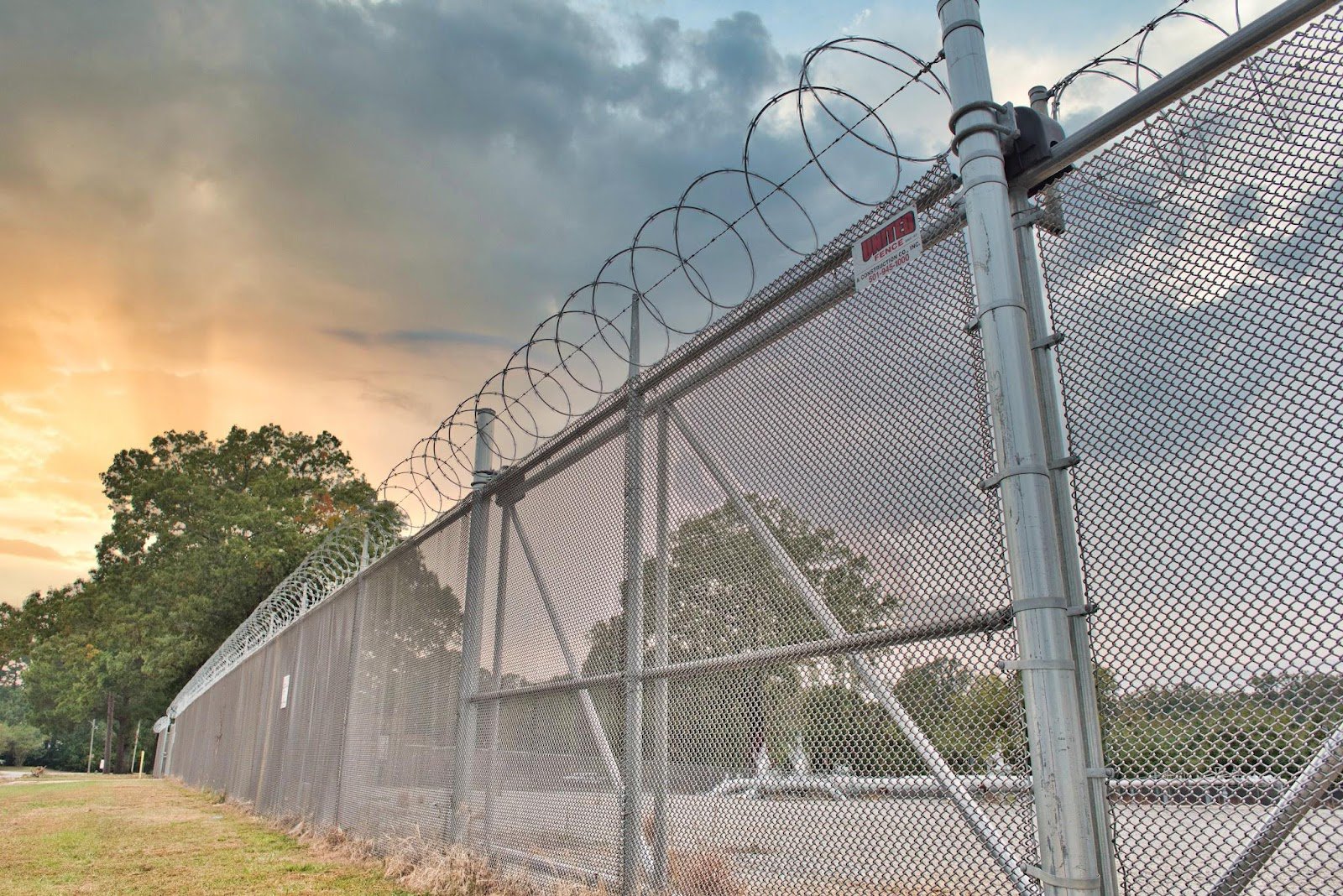All Categories
Featured

A fence functions as even more than just a boundary; it provides privacy, security, and boosts the visual charm of your property. Like any outside structure, a fence will unavoidably face wear and tear from the elements and age. While routine upkeep can extend the life of your fence, there comes a time when repairs no more suffice, and it's time to think about substitute. So, how do you recognize when your fence is beyond conserving? Here are some crucial indications that your fencing might need to be replaced.
- Noticeable Damage or Put On. Wooden fences are especially vulnerable to splitting or splintering over time, while plastic fences can create cracks. If the damage is widespread or structural, repairing specific areas may not be enough, and replacing the fence becomes needed.
- Rot and Degeneration. If you notice that components of your fence feel soft to the touch or if you see mold or fungi expanding, it's a sign of rot. Minor rot can occasionally be repaired, extensive decay, specifically near the base of fencing articles, can compromise the honesty of the whole fencing.
- Leaning or Tilting. A leaning fence is a clear indication that something is incorrect with its architectural assistance. If the fence continues to lean regardless of attempts at correction, it may be time to replace the affected sections or the entire fence.
- Rust or Rust (For Steel Fencings) While minor corrosion can usually be eliminated and treated, extensive corrosion that compromises the fence's stability is an indicator that substitute is necessary. It's better to change a greatly corroded metal fence than to continue trying repairs.
- Parasite Infestations. Wooden fencings are a common target for parasites like termites, woodworker ants, and rodents. These insects can cause extensive damages by tunneling into the wood and weakening its framework. If you see little holes, sawdust piles, or actual insects staying in your fence, it's necessary to attend to the problem today. In situations where the damages is extreme, the damaged fence posts or boards might need to be replaced to restore the fence's stability.
- Problem Keeping the Fencing. If you discover yourself constantly making repairs to the same locations of your fencing, it could be an indicator that the fencing is past its prime. If you're spending more money on patching up old areas than you would on a total replacement, it's time to take into consideration changing the fence completely.
- Age of the Fencing. While the life expectancy of a fence can differ depending on the material, location, and weather conditions, the majority of fencings last between 15 and 20 years. If your fencing is approaching or surpassing its anticipated life expectancy and revealing indications of wear and tear, it might be time to replace it.
- Outdated Look. Often, a fencing merely ends up being out-of-date, no more matching the style or needs of your residential or commercial property. In time, your taste, the landscape, or the architecture of your home may alter. , if your fence no longer enhances your residential property or meets your demands-- such as personal privacy, protection, or aesthetic appeals-- it may be time to think about a replacement.. New fence products and layouts are offered that deal improved resilience, aesthetic, and performance appeal.
- Fence No Longer Serves Its Function. Your requirements for a fencing can develop with time. If your initial fencing was made for decoration or to keep pet dogs contained, but now you need more personal privacy or safety and security, a replacement could be needed. A fence that no longer serves its intended purpose is not just less effective yet can also diminish the total worth of your property. In such cases, replacing the fence with one that fulfills your present needs is the very best option.

Verdict. A fence is an important component of your home's exterior, offering personal privacy, style, and safety and security. Like any framework, it will at some point reveal indicators of aging or damage. If you notice any one of the indicators detailed above-- noticeable damage, rot, leaning, pest problems, or an outdated look-- it may be time to replace your fence. Changing an old, worn-out fence can improve the overall value of your home, enhance protection, and provide your backyard a fresh look. By watching out for these indications, you can make an enlightened choice regarding when it's time to buy a brand-new fencing.
Latest Posts
Why Pick Montana Fencing for Your Fence Demands
Published May 13, 25
1 min read
Loosen up with the most effective Happy Hour in Town at Yesterday's Pub
Published May 13, 25
1 min read
Bring Your Vision to Life with Full Circle Strategic Marketing Advertising and marketing's Video Production
Published May 13, 25
1 min read
More
Latest Posts
Why Pick Montana Fencing for Your Fence Demands
Published May 13, 25
1 min read
Loosen up with the most effective Happy Hour in Town at Yesterday's Pub
Published May 13, 25
1 min read
Bring Your Vision to Life with Full Circle Strategic Marketing Advertising and marketing's Video Production
Published May 13, 25
1 min read